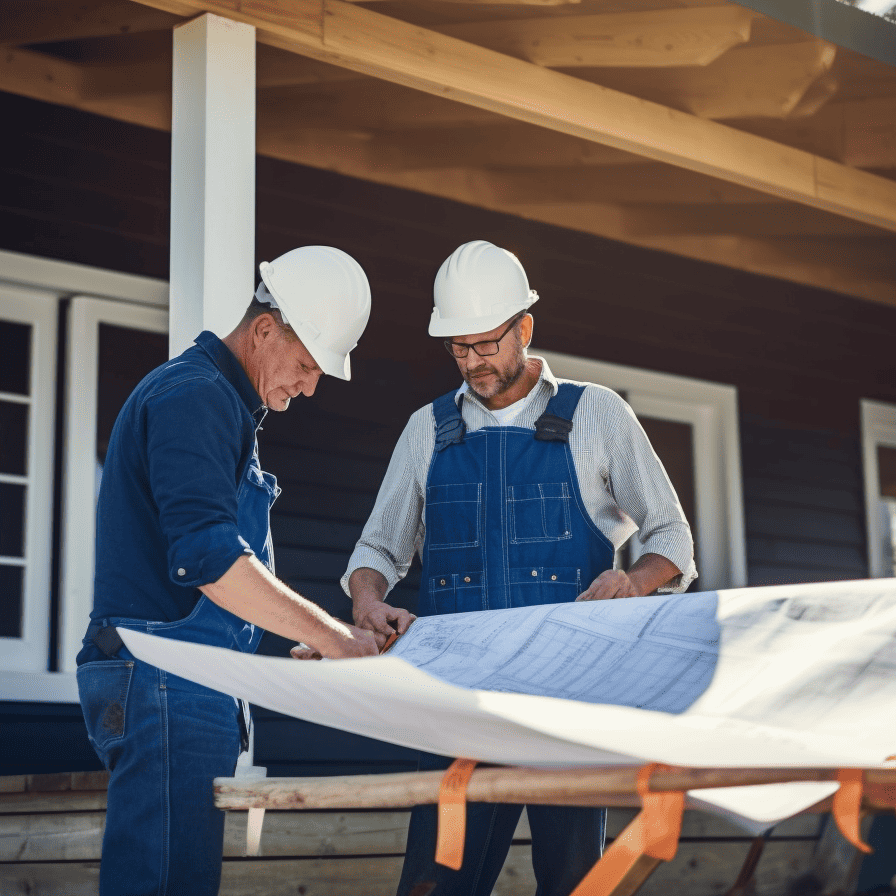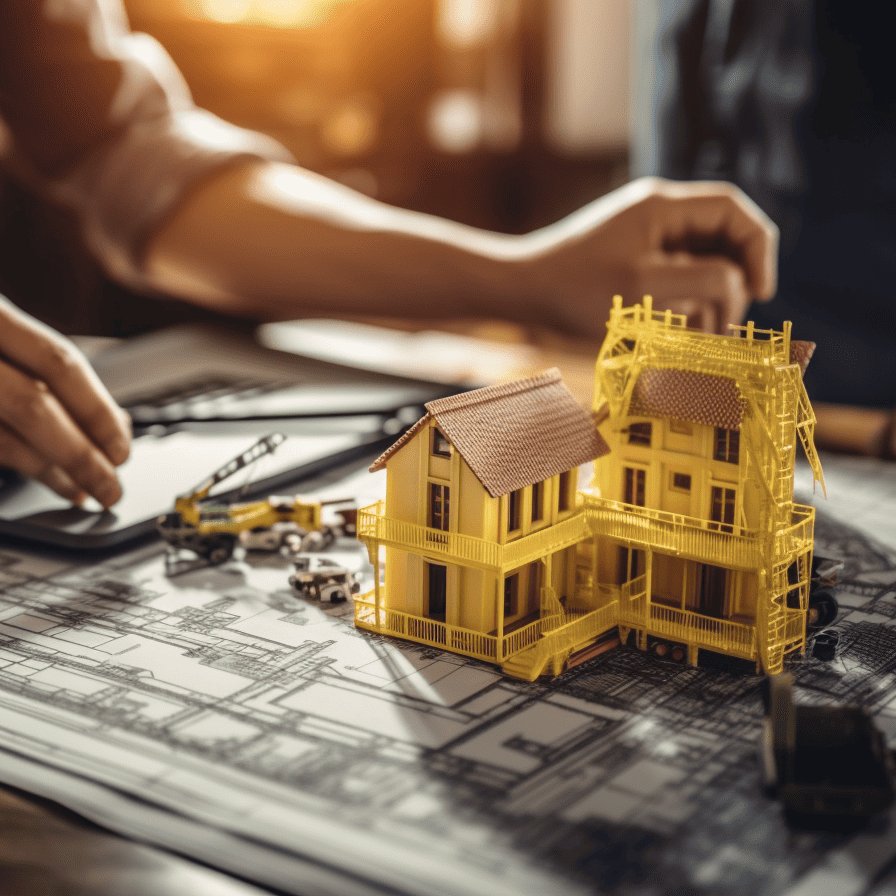Crafting the blueprint of your dream home involves more than just selecting your preferred architectural style or choosing the best materials; it’s about building within the bounds of your home construction budget. Whether you’re a seasoned homeowner or a first-time builder, understanding the financial intricacies of constructing a home is pivotal. How does one navigate through this often perplexing journey? Let’s dive into the essential components that make up this financial roadmap.
The Foundation of Your Financial Plan
What underpins every robust structure? A solid foundation. Similarly, your home construction budget acts as the bedrock for your building plans. From securing land to completing the finishing touches, each step needs careful consideration and financial planning. Navigating this pathway without a plan might be akin to building a house without blueprints—chaotic and potentially disastrous.
Essential Budgeting Categories
When laying down your financial groundwork, prioritize the main sections that encompass the broader expenses. Typically, a home construction budget is divided into these fundamental categories:
#### Land Acquisition
Before any construction commences, investing in land is crucial. The cost here can vary based on location, accessibility, and dimensions. Remember, the more desirable the plot, the higher the price tag.
#### Design and Permits
Engaging architects and designers aids in converting your vision into reality. Don’t overlook the necessary permits and inspections, ensuring your construction adheres to local building codes and regulations. These can comprise a significant portion of your overall budget.
#### Construction Materials and Labor
Arguably, the lion’s share of your budget will be funneled into materials and labor. Whether you’re considering traditional wood frames or modern industrial steel buildings in Ontario, each choice impacts costs differently. Factor in everything from basic structural materials to finishing touches like flooring and cabinetry.
#### Contingency Funds
No matter how meticulously you plan, unexpected costs are inevitable. Setting aside 10-15% of your total budget as a contingency will save you from financial surprises down the road.

Navigating Soft Costs: Of Hidden Expenses and Beyond
Hidden beneath the surface of any construction project, soft costs can sink unprepared builders. These are indirect expenses that don’t involve physical construction but are essential for project completion.
### Professional Fees
Engaging professionals like architects, engineers, and project managers? Remember, these fees accumulate quickly. A detailed construction budgeting plan aids in foreseeing these costs.
### Impact Fees and Utilities
Grasp the costs associated with connecting utilities such as electricity, water, and gas. Municipalities often charge impact fees to fund communal infrastructure – a necessary cost for your ideal neighborhood environment.
### Insurance and Taxes
Protect your investment through appropriate insurance coverage. Don’t forget property taxes, which kick in once construction is complete. These financial considerations ensure your asset remains safeguarded against unintended events.
Embracing Modern Solutions
A newer trend in residential construction is integrating intelligent home systems and sustainable solutions. Although they require upfront investment, efficient insulation, solar panels, and smart home technology often lead to long-term savings in utility costs. Exploring this avenue is akin to future-proofing your home.

Mastering Home Renovation Budgeting
Building from scratch isn’t the only path on this adventure. For those who wish to breathe new life into existing structures, home renovation budgeting offers a roadmap. Renovations present unique challenges and financial considerations, often hinging on the extent of renovations—cosmetic updates versus complete remodels.
Salvage vs New Purchases
Embrace choosing between preserving existing elements and introducing new features. This decision directly impacts your budget and environmental footprint while potentially enhancing the home’s character.
DIY Versus Professional Assistance
Deciding between rolling up your sleeves and hiring professionals is crucial. While DIY projects might save money upfront, complex tasks may demand a professional’s touch to ensure quality and safety.
Leveraging Financial Resources
Financing the dream shouldn’t be a nightmare. Seek aid from various resources, such as the Canada Mortgage and Housing Corporation. They provide insights on how to access financial support and structure home construction budgets effectively.
Plotting the Course to Your Dream Home
Remember that navigating the waters of residential construction is akin to embarking on a voyage with your financial map. The art of budgeting reveals itself in the meticulous balance of desires and pragmatic fiscal boundaries. Utilize available guides and resources, like insights from residential construction experts, to paint a clear, actionable picture of the journey ahead.
Each nail driven into wood, each brick laid, represents a step closer to transforming a dream home into tangible reality. Ensuring your financial blueprint is robust can relieve you from future headaches and secure your path to a harmonious construction experience.









